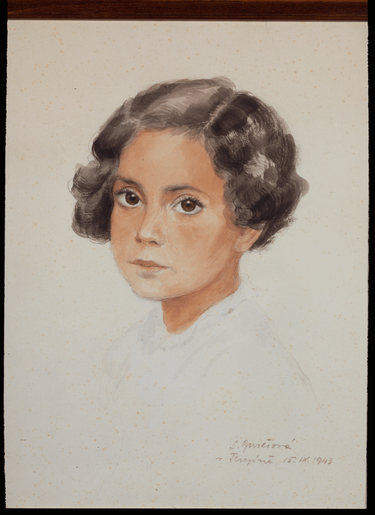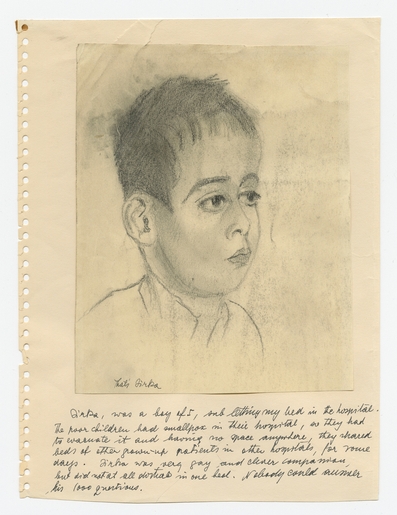CHILDREN IN THE CAMP





About 9,000 children passed through Theresienstadt. It is estimated that at least 90 percent of them were transported to concentration camps and murdered. Initially, children lived with their parents in barracks. The adults had to work, so the children lacked supervision. In 1942, the Youth Welfare Office created designated home areas for children divided by language — Czech or German. Each house sheltered 200–300 children with rooms assigned by gender and age. The living conditions and food for children were better than in the rest of the camp.
The staff of educators established curricula that reflected the ideological differences among Jews in Central Europe before World War II. While houses led by Zionists treated the camp as a preparation for life in Palestine, other houses followed assimilationist or Communist ideology.
Children mimicked adult conflicts between Czech and German-speaking Jews, and Czech caregivers routinely mocked German-Jewish children.

“One of my deepest impressions was the children’s choir from Carmen. The day after the performance we saw the children marching gaily to the station to be transported to Auschwitz. They were looking forward to the railway trip and sang their chorus while marching not knowing it was their last song.”
—Edith Kramer-Freund, As a doctor in Theresienstadt, LBI 283c.